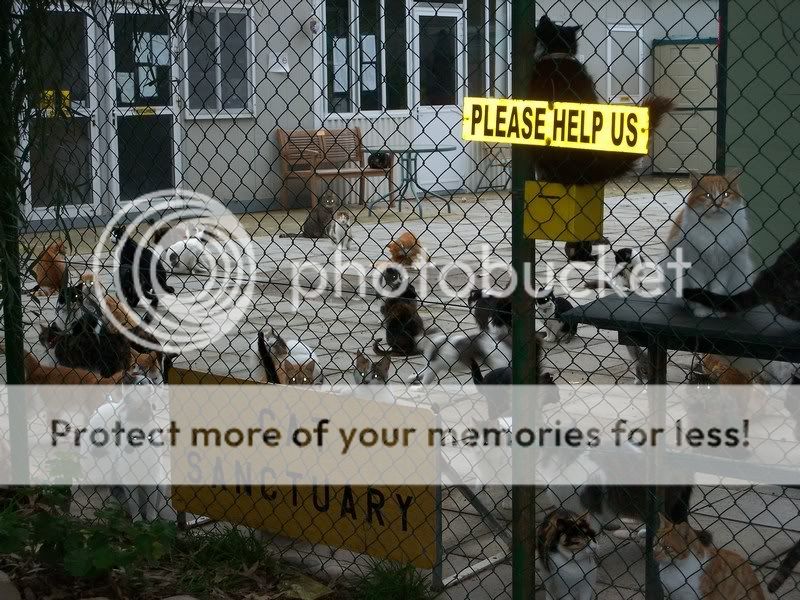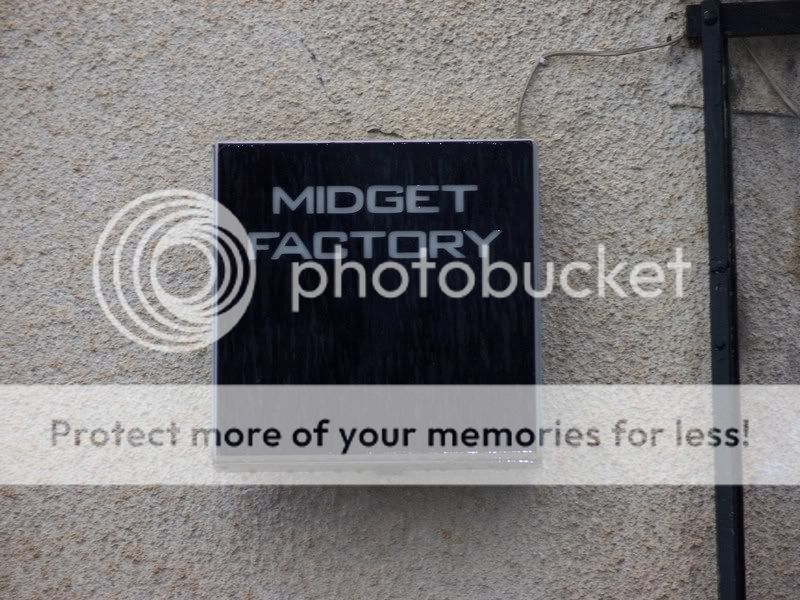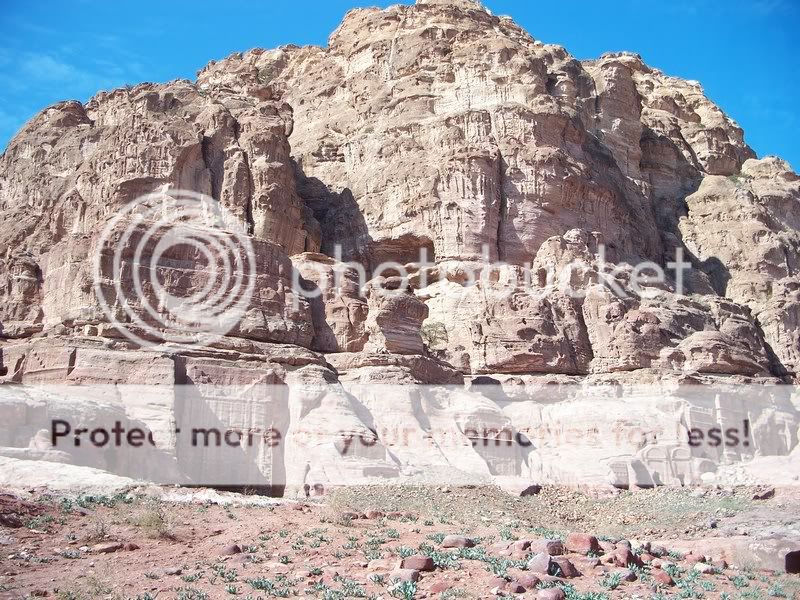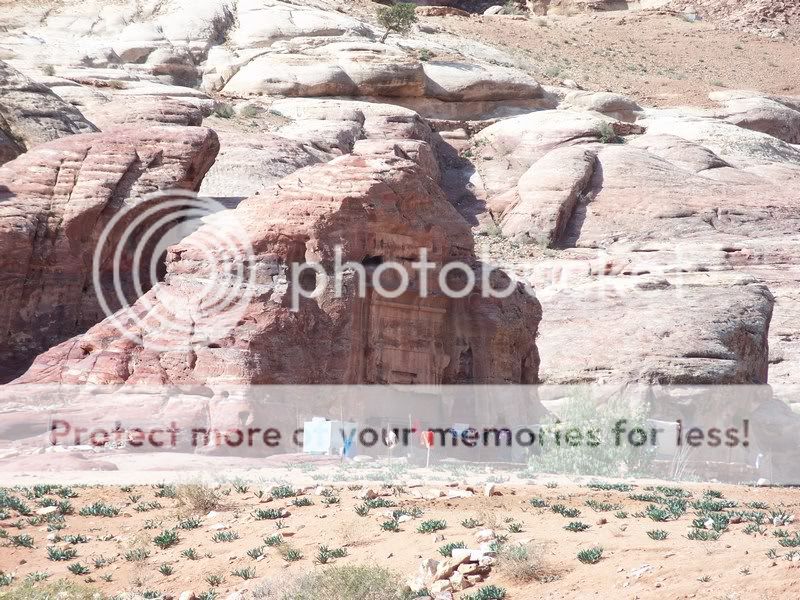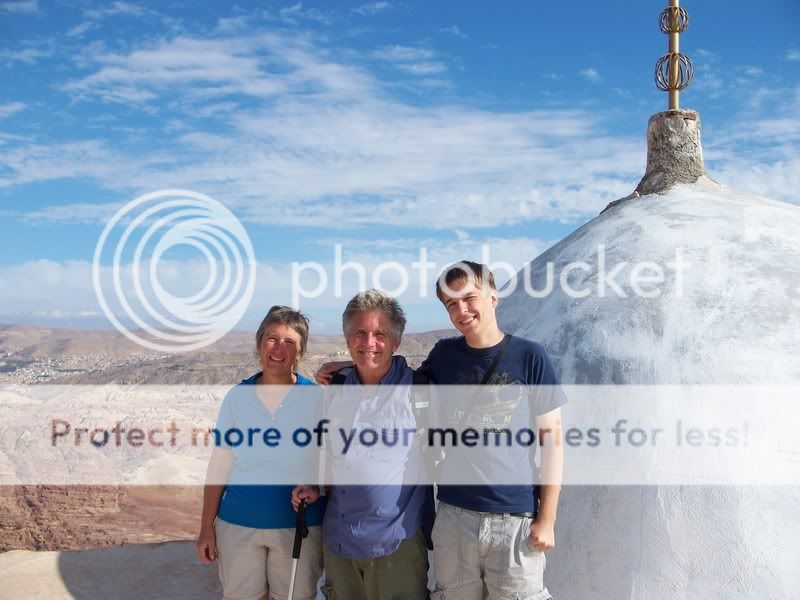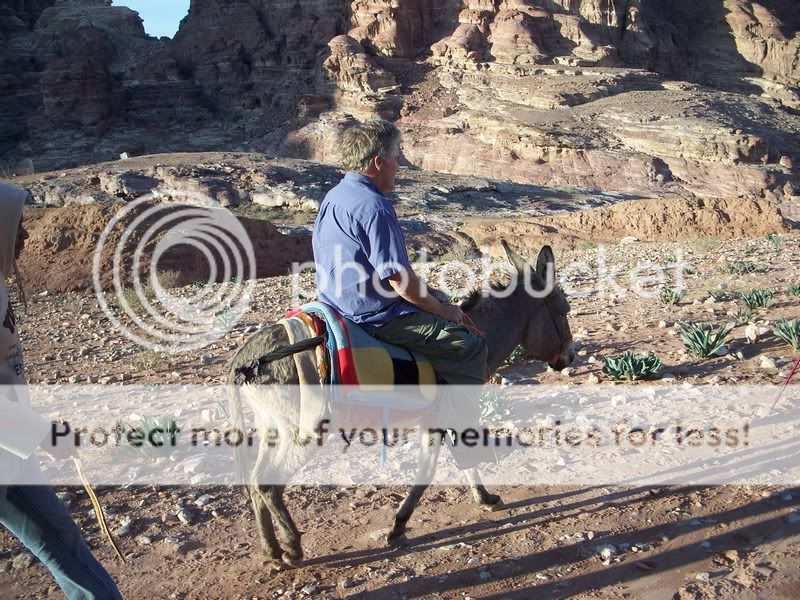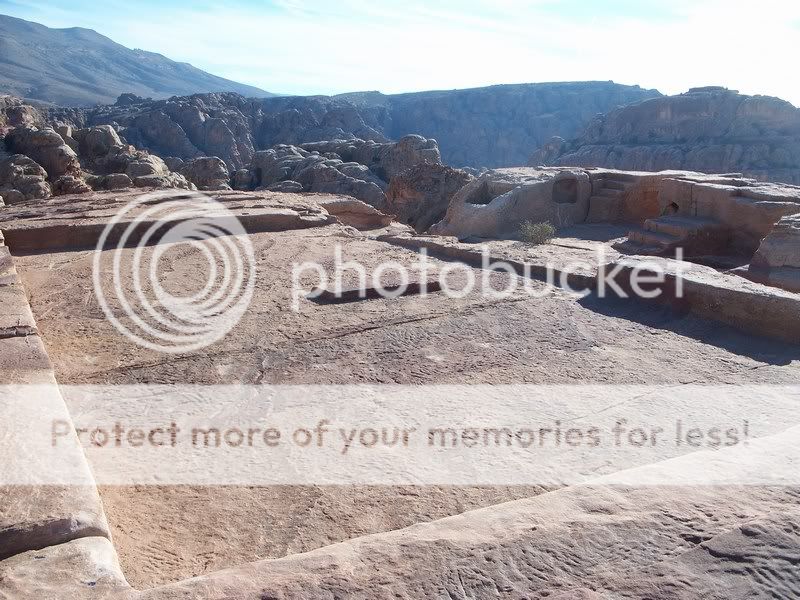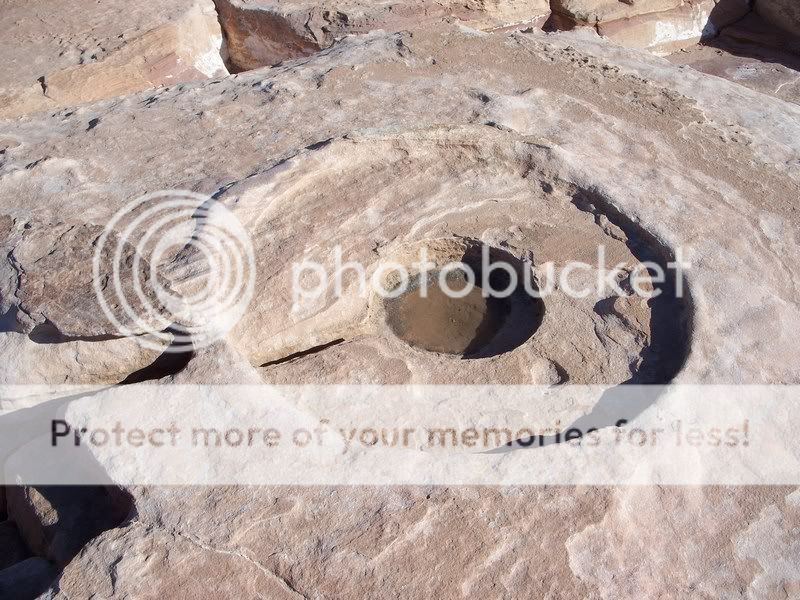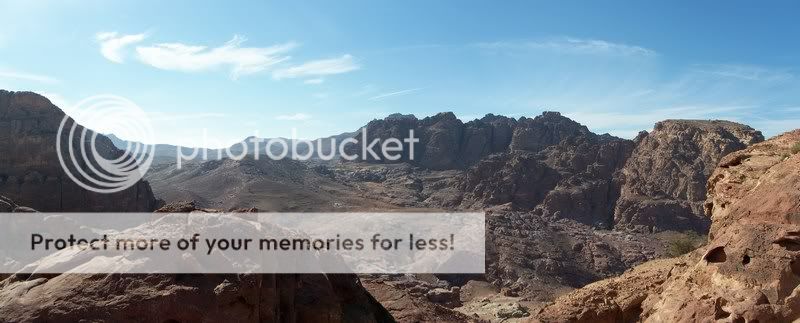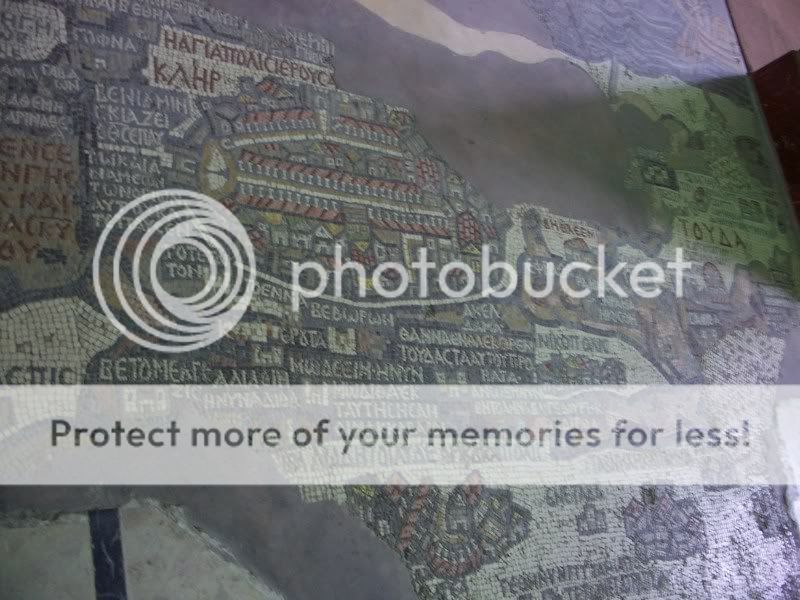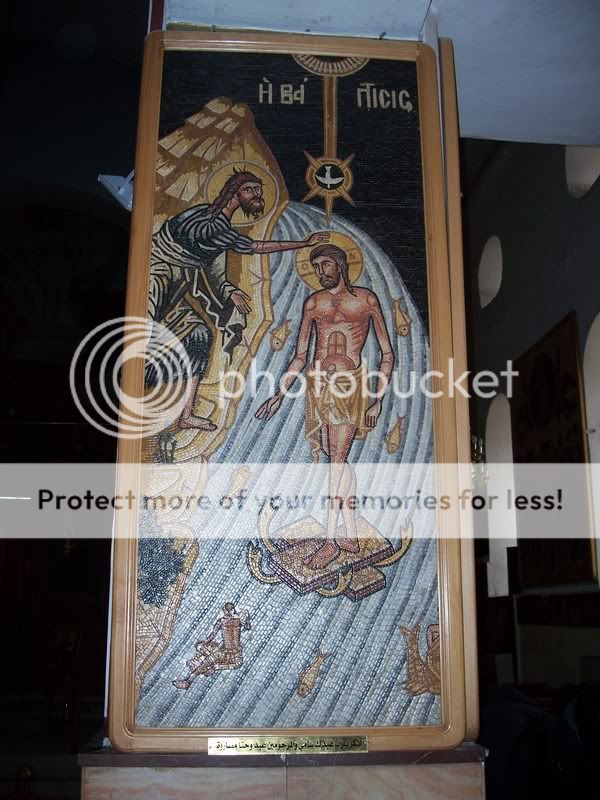Soon after we arrived I heard from my brothers that my 86-year-old mum, who lives in a nursing home, had fallen and broken her hip. She had to be taken from Gunnedah to Tamworth for surgery. A pin was successfully inserted but at first the pain was so great that she did not want to walk and we feared she may become bedridden and unable to return to her ward and her familiar territory in the nursing home. Then news came that she had taken about ten steps. However, since then she has had trouble eating and so is tired and weak. We wait on news each day.
We loved the Middle East but coming into Larnaca in Cyprus I felt myself relax a little as we entered a culture not unlike our own. One with level footpaths, traffic lights (at least for the cars if not for pedestrians), street lights, street with names, cars driving on the left, green gardens, clothing stores with winter sales of familiar fashions and with a lot of English being spoken in the shops and on the streets. Not to say that all these things were missing from every Middle Eastern city. One thing that was the same as the Middle East and is still a struggle to remember to do is this:

Before I tell you of our adventures on Cyprus let me relate a little of its history so that you can make sense of some of the stories throughout. The first Cypriot inhabitants date to the Neolithic Age. Then came a wave of immigrants from Mycenae on the Greek mainland. Later there was domination by the Phoenicians, Assyrians, Egyptians, Persians and annexation by the Romans it 58 BC. In 12th century Cyprus became independent. Then Richard the Lionheart conquered the island in 1191 but, not wanting it, gave it to a Frankish knight whose dynasty lasted until the Venetian takeover in 1489. In 1571 the Ottoman Turks took control. Then, in 1878, fearing he could not resist a Russian attack on Cyprus, the Sultan of Turkey put the administration of Cyprus in English hands. In WW1 Turkey fought on the German side so Britain annexed Cyprus and declared it a British Colony after the Treaty of Lausanne. In 1955 a group called the EOKA undertook guerrilla warfare in a bid to oust the British and see Cyprus unified with Greece. This very bloody campaign ended in 1959 not with unification with Greece but with the declaration of the Republic of Cyprus. The government was to have a Greek Cypriot President and a Turkish Cypriot deputy. In 1963 hostilities flared between the two communities and some Turkish Cypriots retreated to the North. UN troops moved in. In 1967 there was a coup by an EOKA leader supported by the military junta then in power in Greece. Days after the coup the Turks invaded to protect the Turkish Cypriots and took Northern Cyprus, resulting in 1974 in what is called the Green Line, the boundary between Northern and Southern Cyprus. Greek Cypriot refugees fled to the south and Turkish Cypriot refugees to the north, with the UN guarding the border. In 1983 the North declared the independence of Northern Cyprus but this was recognised only by the Turkish Government. To Southern Cyprus (and most of the rest of the World) the North is the Turkish Occupied Territory. When Southern Cyprus joined the EU in 2004, Turkish Cypriots were allowed to come back and live and work in the south but they weren't allowed to sell the properties they had deserted. Many travel daily from their homes in the north across the Green Line to work, since work is more available and better paid in the south.
Now, about our experiences in Cyprus. We flew into Cyprus after they had just had a week of very heavy rainfall and when the forecast for the next two weeks was cloud, rain, wind and very low temperatures. Since our plan was to spend most of our fortnight walking the nature trails we were a little worried.
The guide book led us to believe that Cyprus could be easily and cheaply accessed by public buses. However, we discovered that each leg of the journey was quite expensive, especially since we needed to multiply the cost by three each time. With the threat of inclement weather and the existence of off-season prices we opted instead for hiring a car. As the fortnight proceeded and we realised how inaccessible many of the walks and attractions are, we were very glad to have our little vehicle. (A 4-wheel drive would have been even better!)
As it turned out we were rarely hampered by rain and usually walked mid-morning to mid-afternoon when the weather was warmest. There were days, however, where the wind was bitter and, though the car thermometer read 8 - 10 degrees C, the chill factor was high. To stay warm while obeying the 'no food in the car' rule, Huds found this solution.
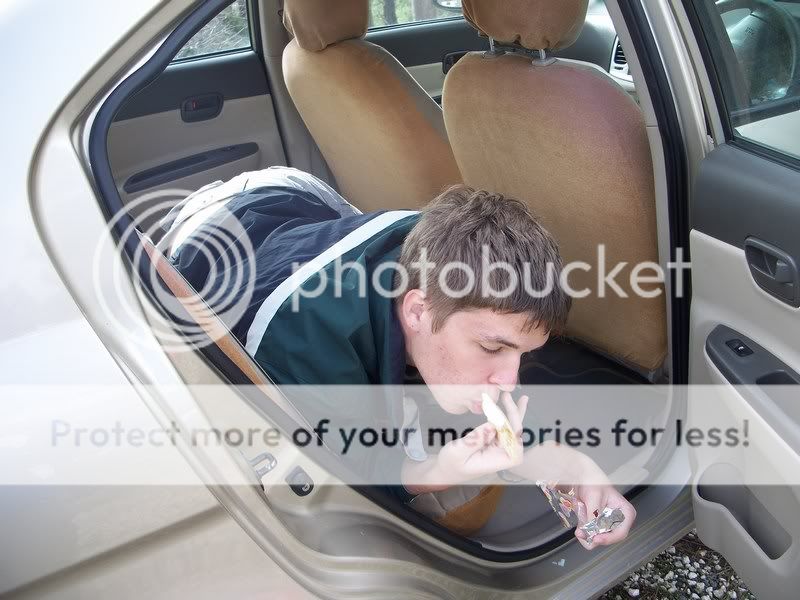
With its snowy mountain peaks,valleys filled with vineyards and orange, mandarin, almond and olive orchards, pine forests,
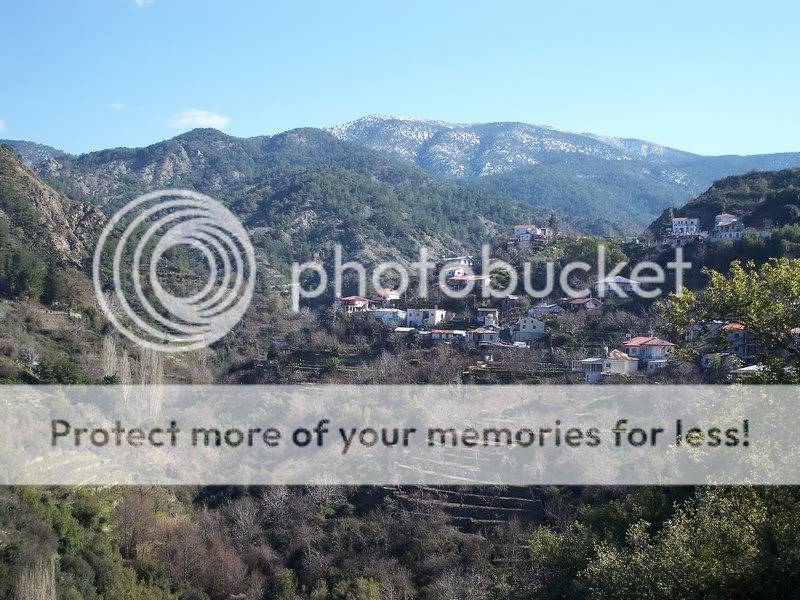
and beautiful coastlines,
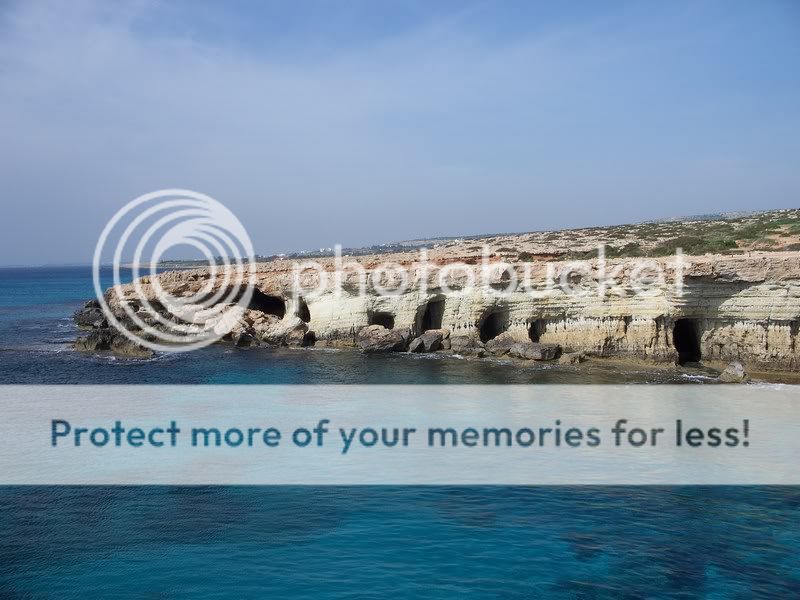
Cyprus is a wonderful place to walk. People obviously don't usually walk in winter; on most walks we didn't see any other adventurers and the chairs provided for resting and viewing were invariably under trees to give shade on hot summer days. Look at the position of this chair, tree and view.
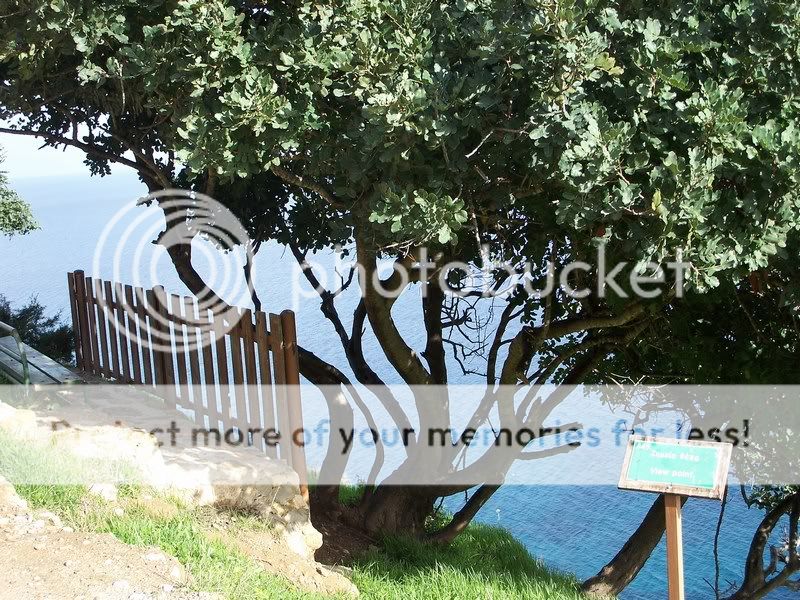
We think the authorities are fighting a losing battle to ban game shooting, judging by the empty shotgun cartridges, and one live one, and this bullet-pocked sign.
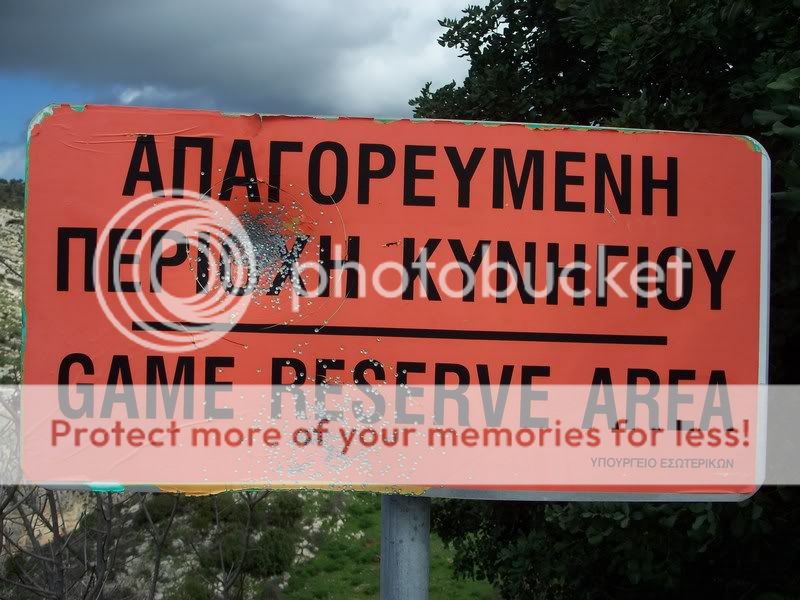
We didn't see any of these on our walks,

and had to be content to watch the wild sheep, called mouflon, in their natural enclosure.
One walk took us through the town of Gialia. Here the Greek Cypriot government has leased out to Greek Cypriots homes belonging to Turkish Cypriots so that the houses don't deteriorate from this,
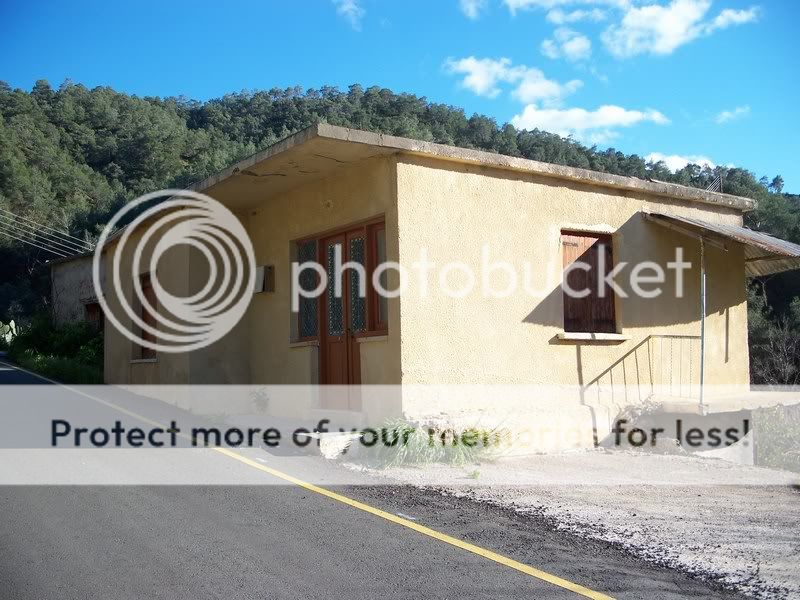
to this.
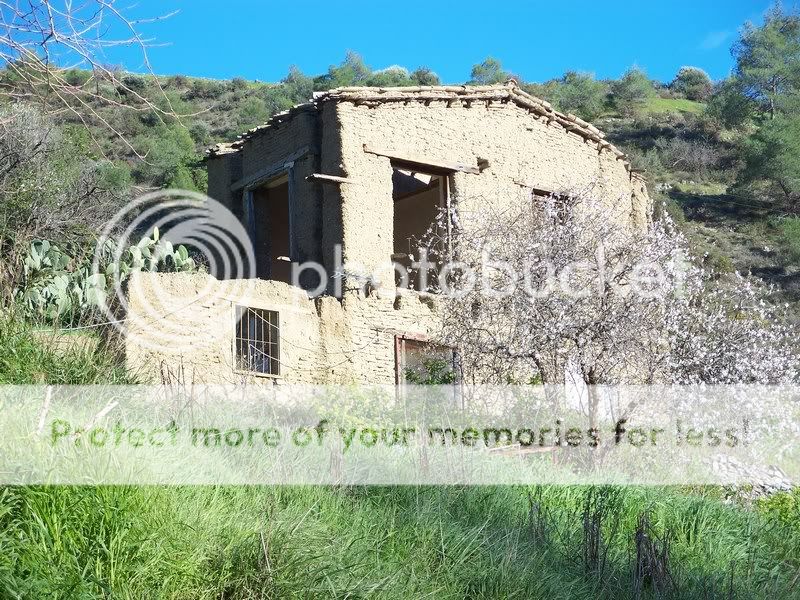
The owners of the houses are presently in Northern Cyprus. Apparently the Turkish government has not been so 'thoughtful' in Northern Cyprus and Greek Cypriot land has been sold and built upon by Turks and their houses sold. In fact we were told that the Turkish Government has a policy of colonization and has settled Kurds, gypsies and other people groups with cultures quite foreign to the Cypriots. Those Northern Greek Cypriot land owners who could afford the legal fees have fought and won cases in the European law courts but the findings of the courts have not been recognised by the Turkish government. The less moneyed Northern Greek Cypriots, who would be the majority since they were refugees who fled leaving everything behind, are waiting for the political situation to change so that they can reclaim their land and houses.
Driving the mountain roads is an experience. There are virtually no straight sections, for the roads wind continuously up and down the sides of mountains with precipitous drops to the side. Fortunately, on many trips, we didn't even see another vehicle, so we didn't have to fuss about the narrow roads. But what did make it hazardous was having to continually dodge the stones, and even boulders, from the crumbling cliff faces that were scattered across half the road, and sometimes more than half.....
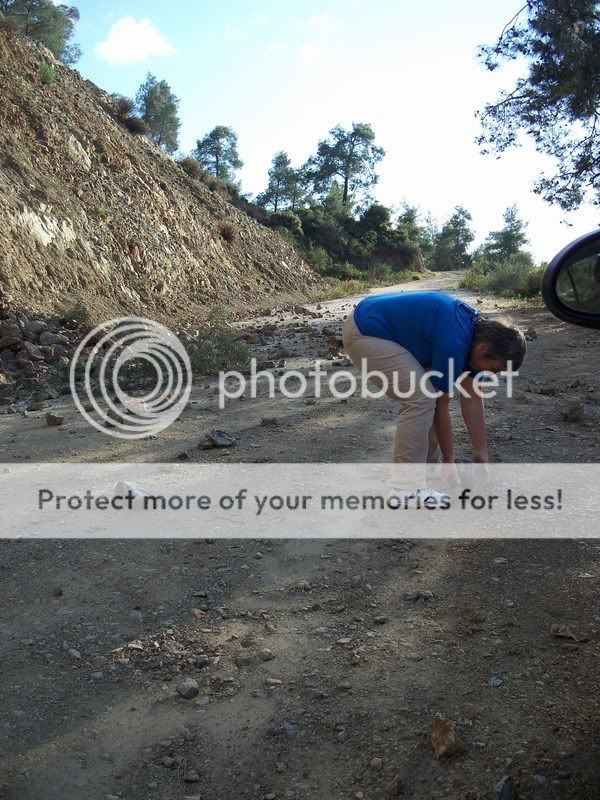
Of course, there were also the incredibly narrow streets which had to be negotiated in some of the villages but, fortunately, Cypriot drivers, unlike Greek drivers, will wait before entering streets that clearly only one car can pass through at a time, if someone from the other direction has already entered it. Cypriot drivers do, however, choose interesting places to park—on double yellow lines that can attract a 50 euro fine, in the middle of the road, on blind corners, in one car wide one way streets, and... take a look at this one.

We came by the next day and the vehicle was gone but so was a lot of the concrete!
The destination for one trip was a nature trail that took the walker past a series of Venetian bridges. When we finally arrived at the first of the Venetian bridges, we discovered that the trail did not follow the very pretty stream linking the bridges but rather went along the road. We decided to continue along the road by car rather than by foot and pick the trail up at the second bridge. The second bridge was extremely picturesque,
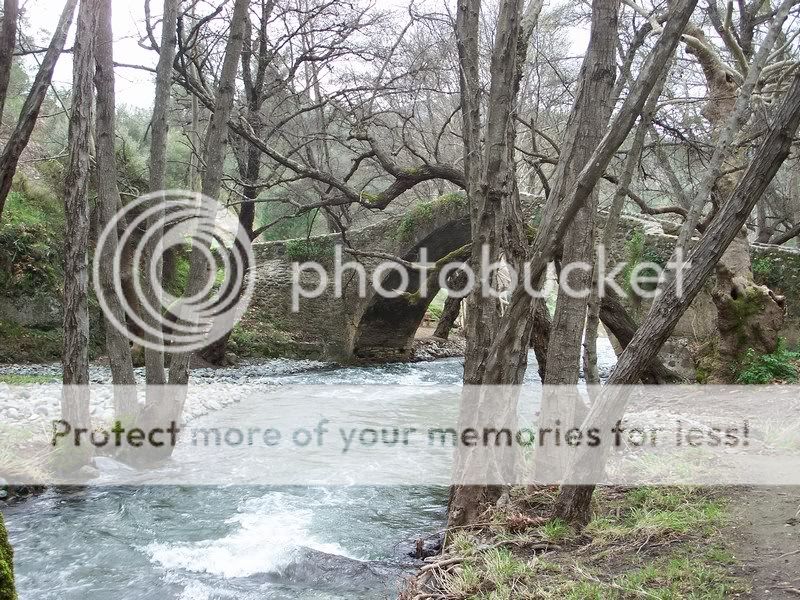 >
>but again the trail diverted away from the stream. The road ahead was closed for an hour and a half for a car rally, so we walked a short distance along the trail and then, hearing the roar of motors, sped back to watch the rally cars negotiate the stream.
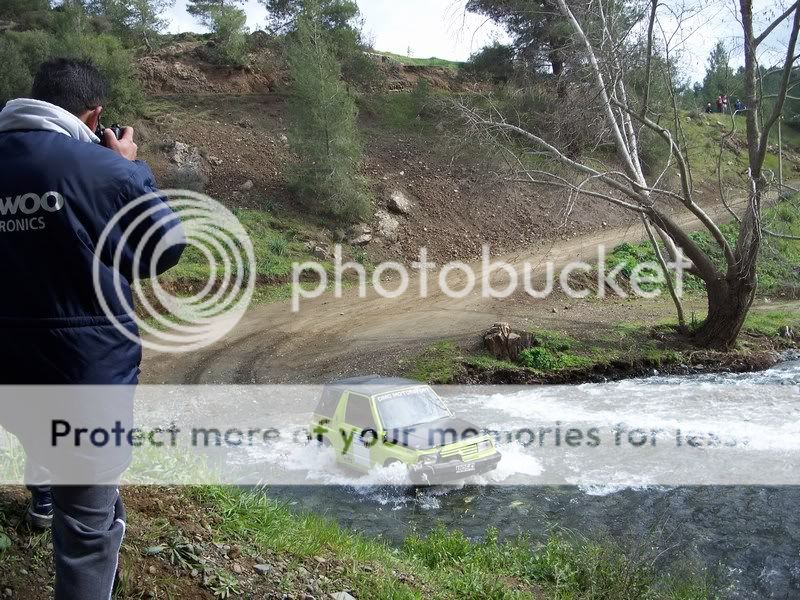
A little later two of the rally cars limped back because they had sped around a corner and had been unable to avoid one of those boulders which stray onto the road that I mentioned before. The drivers were unhurt but the cars sounded really sick, and later we saw a tow-truck coming to the rescue. While waiting for the rally cars, we came upon four elderly people using two-forked hoes (but not pigs) to search, very successfully, for truffles.

We are becoming very picky tourists. We don't race off to see every church, mosque, museum or ruin. We did go to St Lazarus Church. After his return from the dead, Lazarus was supposedly evicted by the Jews, because he was walking evidence of Christ's miraculous powers, and went to Cyprus where he eventually became a bishop. When he died the second time he was reportedly buried in this.
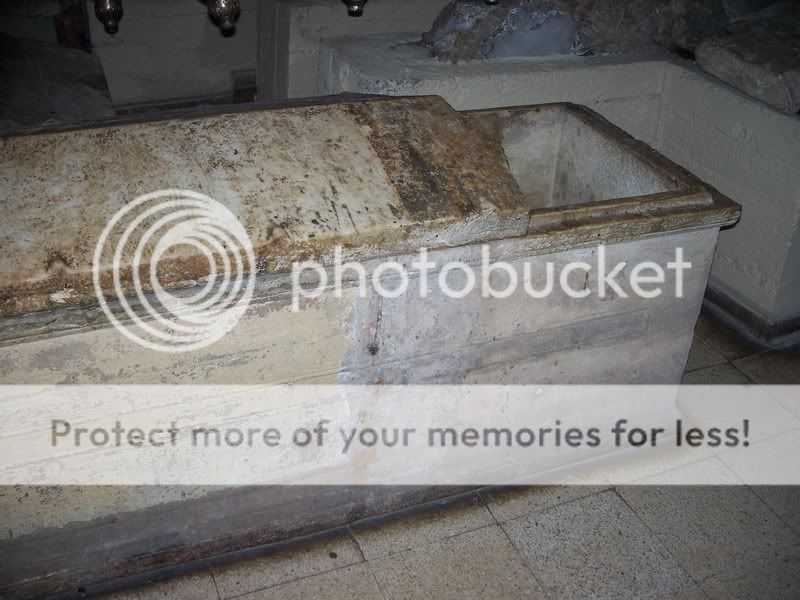
The coffin is empty, not because he was raised a second time but because most of his bones were removed to Constantinople (and later stolen and taken to Marseilles). The people of Larnaca did not want to give up their precious relics, so the patriarch allowed them to keep some of the bones and had this church built for them.

Some of the frescos that adorned much of the interior walls and ceilings were intact and in good order. We also saw these.
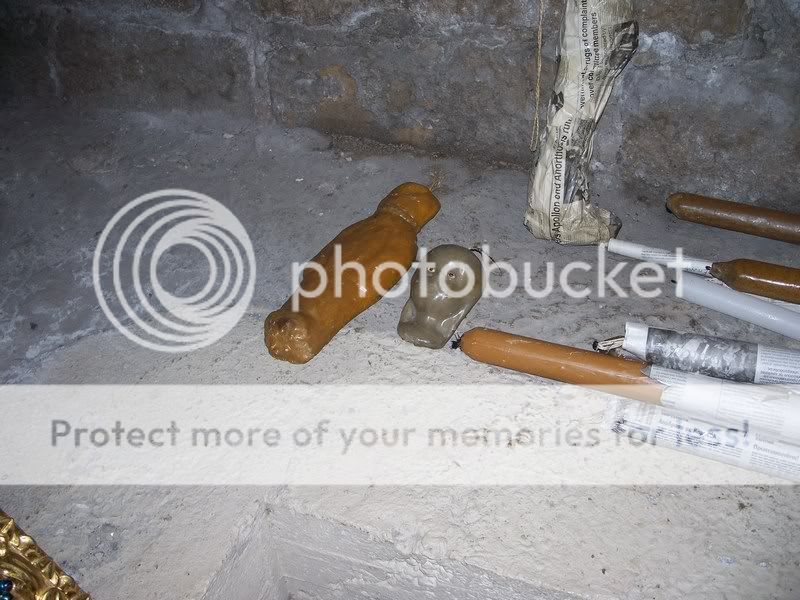
When people are praying for healing, they bring a wax image of the sore bit and put it on the altar. The man who makes these wax images and the candles that people buy and light in the church is a 90 year old (though he looks only about 70). After the candles have burnt down and the wax images are no longer needed, the church collects the wax and sells it back to the old man. Great recycling don't you think!
We had never seen ruins of a Neolithic Village before. At Choirokoita they have reconstructed a Neolithic home
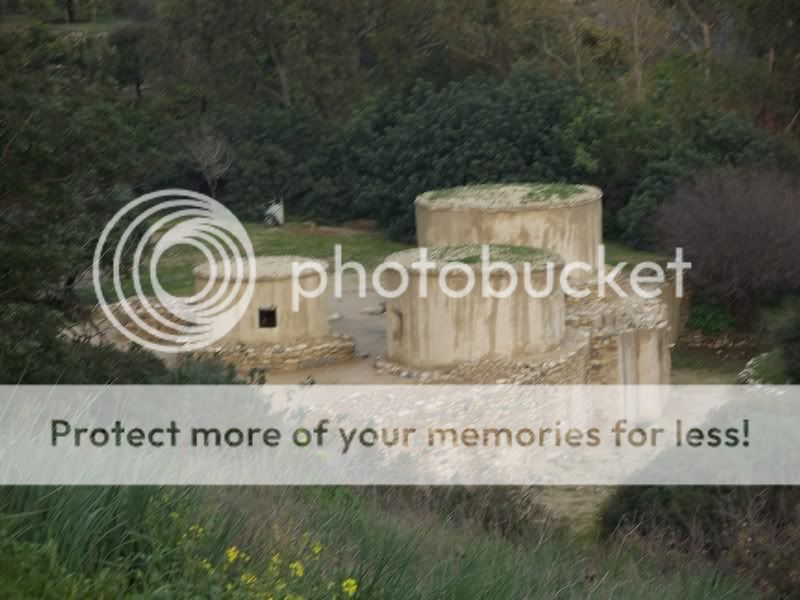
near the ruins of the Neolithic village.
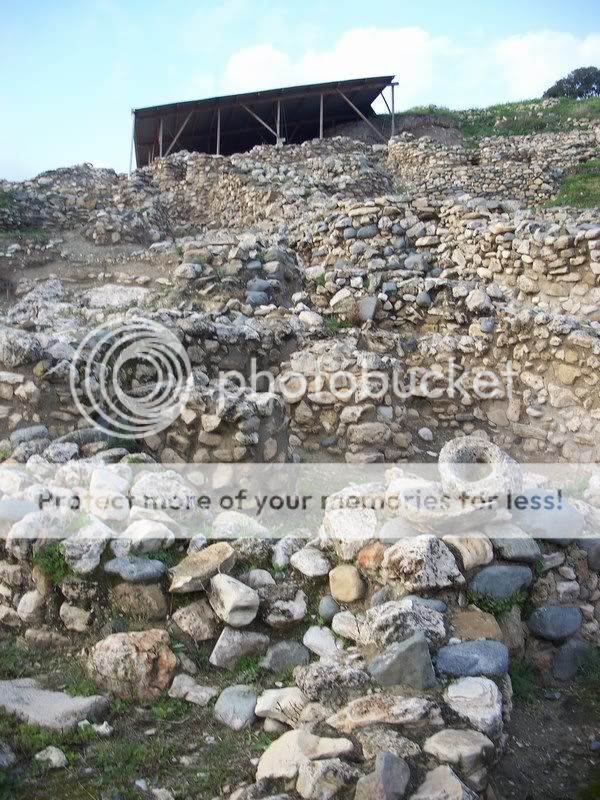
Each home consisted of several flat roofed, sun dried mud brick and stone cylindrical buildings about 5 m in diameter and each with a specific purpose, a kitchen (distinguished by the remains of a pestle and hearth), sleeping quarters (with a wooden sleeping platform lodged into the wall at head height) and a work room. The dead were buried beneath the floor of the sleeping quarters.
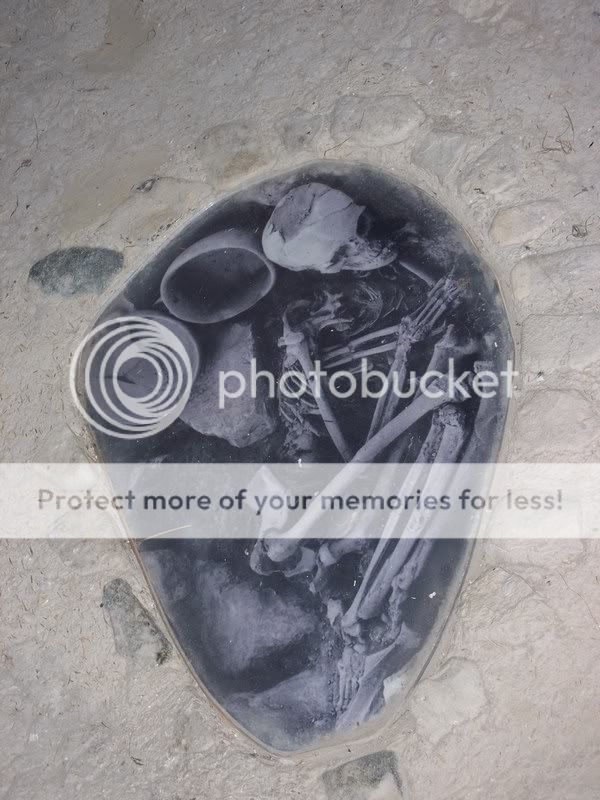
Kourin was once a large Roman town. Its theatre was set in the hillside with a magnificent view of the coast. There were also some fabulous mosaics in the ruins of the homes.

Kykko Monastery, set in a little travelled area of the mountains, is astonishingly beautiful. All the walls and ceilings down the long corridors of this two-storey complex are decorated with mosaics and frescos.
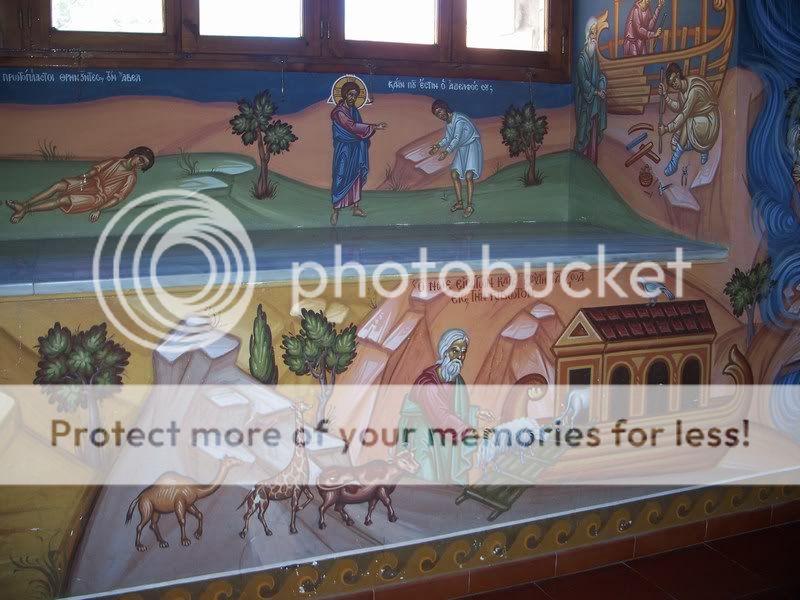

It has spacious courtyards, each with a well.
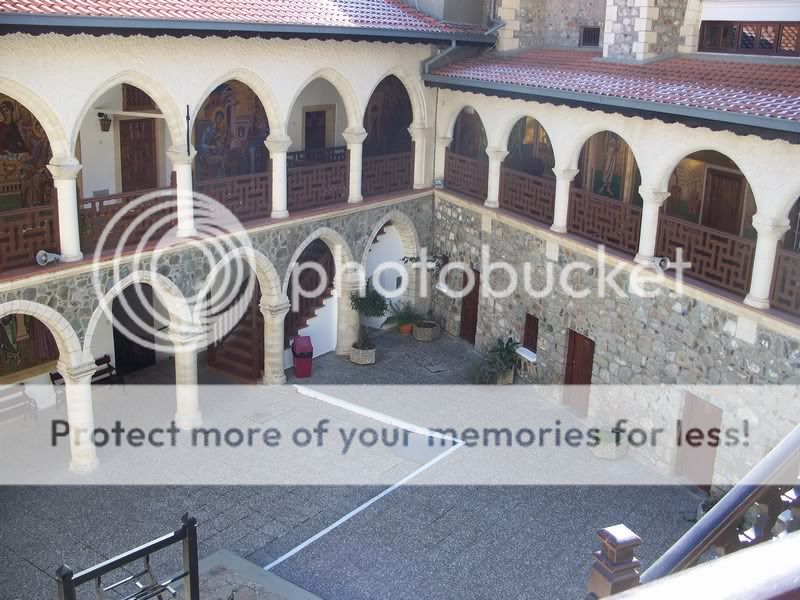
The monastery is reportedly refreshingly cool in summer but freezing cold in winter. The entrances to the monks' cells are really low.
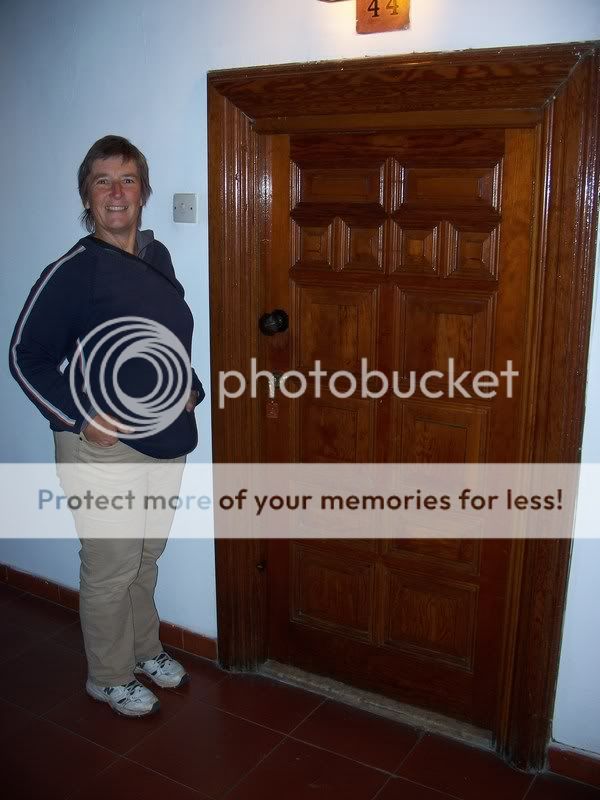
Cypriots are quite small and I guess that when the monastery was built they were even smaller still. We peeked through a door that was ajar and, to our surprise, discovered that the room was large and luxuriously furnished. Perhaps this was a special room rather than a typical monk's cell.
The old city of Nicosia is surrounded by intact incredibly huge Venetian walls. You enter through grand old gates.
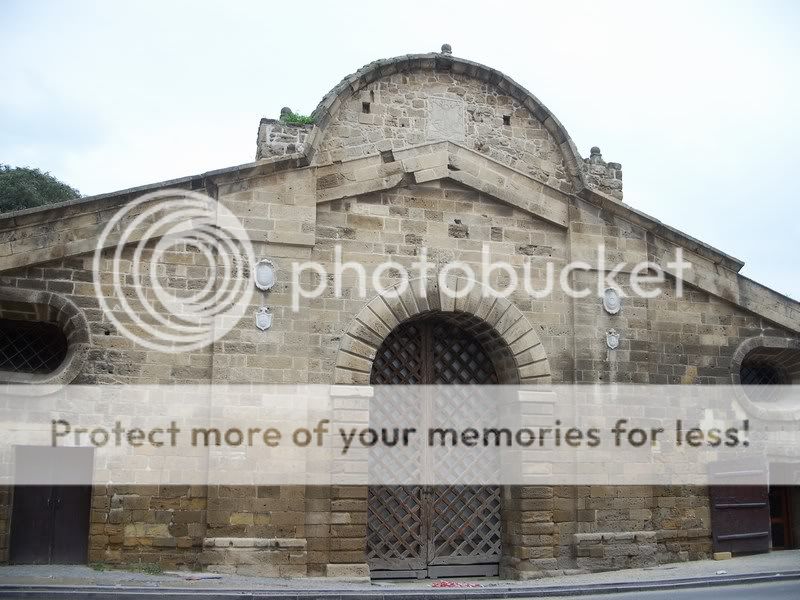
Nicosia is now the only divided capital of the world. The Green Line dividing North and South Cyprus goes right through the centre of the city. There is a 50m buffer zone strung with barbed wire and guarded by UN troops between. You must show your passport and get a signed and dated paper to get from one side to the other. This infuriates Greek Cypriots with houses in the north.
Though we had read of the dilapidated buildings near the buffer zone, we were not ready for the sandbagged buildings with holes for rifles.
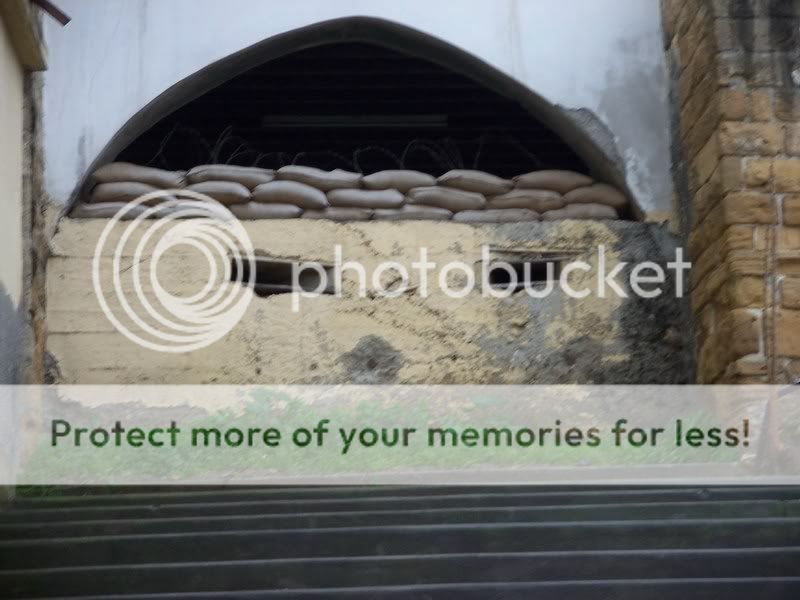
The most interesting place was the privately-funded 'Struggle Museum', which covered the guerrilla war mounted by EOKA in 1955 - 59 and through which the Cypriots struggled for, and gained, independence from Britain. The exhibition would make a great subject for studying critical literacy as it unashamedly gave just one side of the story. The Cypriot freedom fighters were referred to as 'heroes' (whereas the British would have seen them as revolutionaries, if not terrorists) and the focus was on the Greek Cypriots and the 'Greekness' of Cyprus, even though the outcome recognised the significant Turkish Cypriot population. This was the second time we were presented in our travels with an account of Orthodox clergy being in the thick of political manoeuvres when they felt there was a socio-political 'wrong' to be righted, something which our clergy tend to refrain from. We were hoping to find a counterpart of this museum on the Turkish-occupied side to see another side of the story, but no such luck! And I don't think there'd be anywhere much in Cyprus where you could see what the British take on all of this was; I'm not sure they would have been really thrilled about their 'agents' being gunned down in the streets or by this set of photos headed 'British torturers'.

This is the copy of the 'Reward' notice posted by the British for the capture of the leader of the EOKA,

and the corresponding poster put out by EOKA for the capture of the British commander.
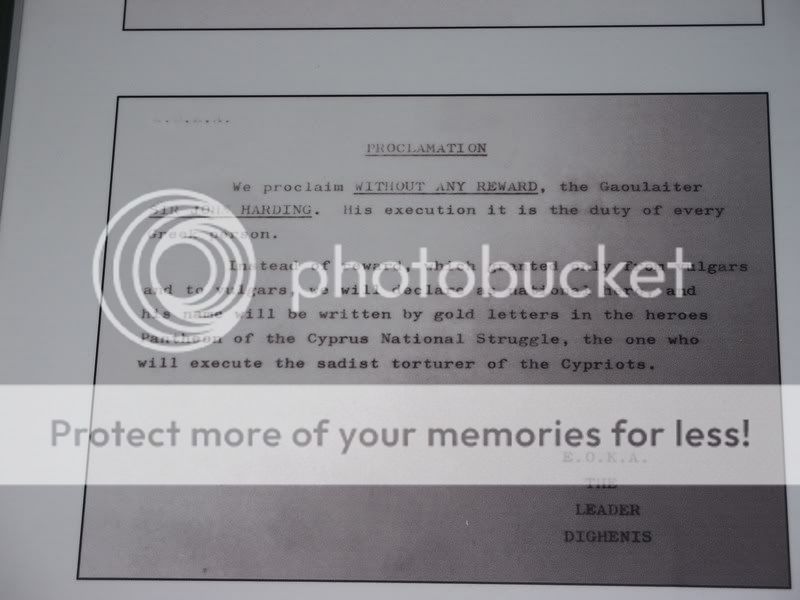
The tourist shopping precinct on the Turkish-occupied side of the Old Town immediately conveys that the occupied side of Nicosia is noticeably poorer. On the Greek side it is mainly CBD but on the Turkish side it is mostly urban. After encountering so many elderly Cypriots and retirees from the EU, you can't help noticing that the streets on the Turkish side are full of school age children (even when you'd think they should be at school).
We visited only two sites. The Selimiye Mosque was a converted cathedral. It was a huge, beautiful old building that had been stripped of Christian decoration, painted white and had Islamic religious furnishings.
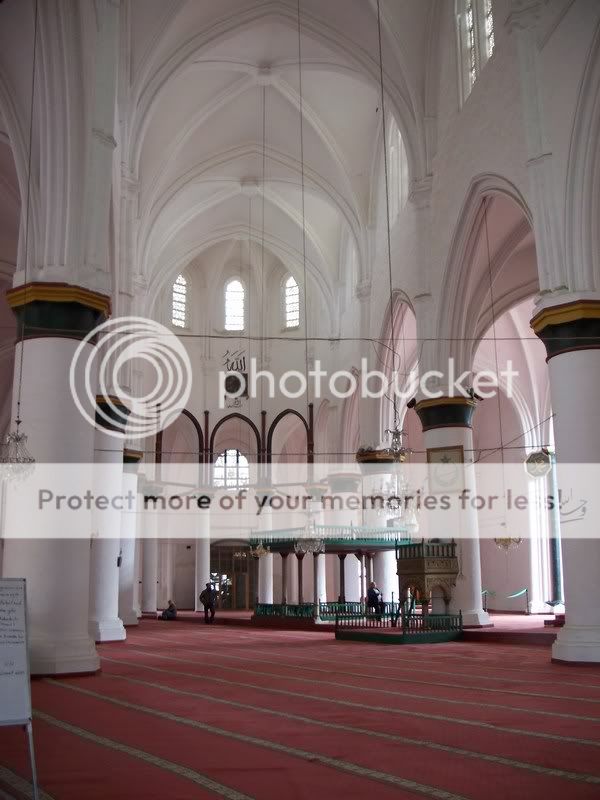
The second was a magnificent building called Beuyuk Khan and built in 1571 as an inn for foreign visitors.
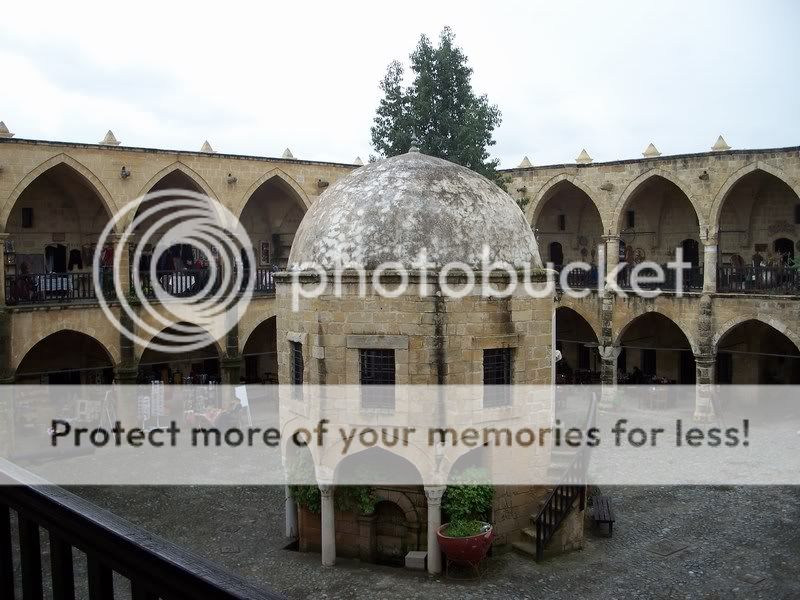
The building in the centre was a small mosque. The bottom storey would originally have been used for shops. Many are now small cafes with tables spilling out into the courtyard and, true to Middle Eastern tradition, filled with men drinking tea or coffee and playing backgammon, though there were quite a few tourists here as well. The top storey had the guests' rooms off the verandah. Now they contain craft shops.
Whether in the north or the south of Cyprus, in tourist haunts or local fashion shops, the shopkeepers allow you to browse at your leisure and only come to help when invited to.
Huds searched Cyprus for a small bottle of Ouzo and finally found one in Nicosia. Ken and I were not interested in sampling his buy.
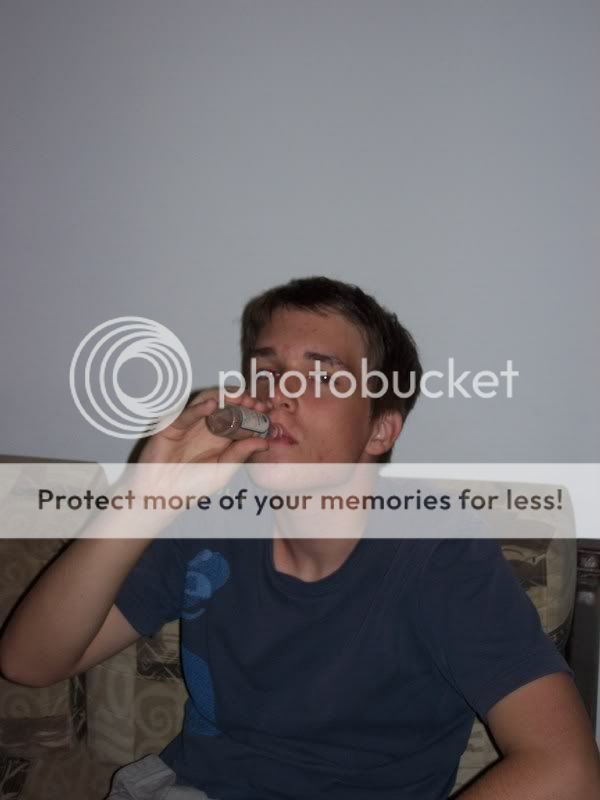
I joined two free walking tours of Larnaca. The guides of both walks were former refugees from the North and had interesting tales to relate. They showed us the Turkish Cypriot houses in Larnaca where many refugees have been housed, rent free, and are having renovations and upkeep paid for by the government. Most of the residents are elderly. The day I took this photo, the weather had warmed up and many old folk had sat themselves in their doorways to bask in the sunshine.

When the border opened, our first guide went back, key in hand, to visit her house in Northern Cyprus. The Turkish lady living in the house welcomed her in the first time but told her to go away the second time. The second guide told of the Cyprus tradition that fathers, often at great expense and personal sacrifice, build and furnish a house for each of their daughters as her dowry. The guide's sister was to be married one week before the 1974 occupation. Her fiancé was killed in the conflict and her family fled. Her sister never got to sleep in her house and the family can't return to even see their homes because the houses are in the buffer zone.
We noticed in the Cypriot papers that there are talks at this moment between Turkey and Southern Cyprus and hope that the Green Line may disappear in the near future, but listening to the bitterness and hurt (and we have only heard stories from the south) it will be miraculous if agreement can be reached.
There is a large salt lake in Larnaka that attracts migrating birds when there is water in the lake. We were extremely fortunate because the recent rain has broken a drought and put water in the lake, and because the flamingos arrived early this year. Hundreds of flamingos covered the lake gossipping loudly before ducking their heads underwater for a snack.

In the summer months high quality salt used to be collected from the lake but the Green Line necessitated the building of an airport at Larnaka and the pollution from the airport, situated beside the lake, has ruined the salt.
Both overseas tourists and Cypriot holiday makers go to the High Troodos Mountains to enjoy the snow. The snowscape on the way up was gorgeous.
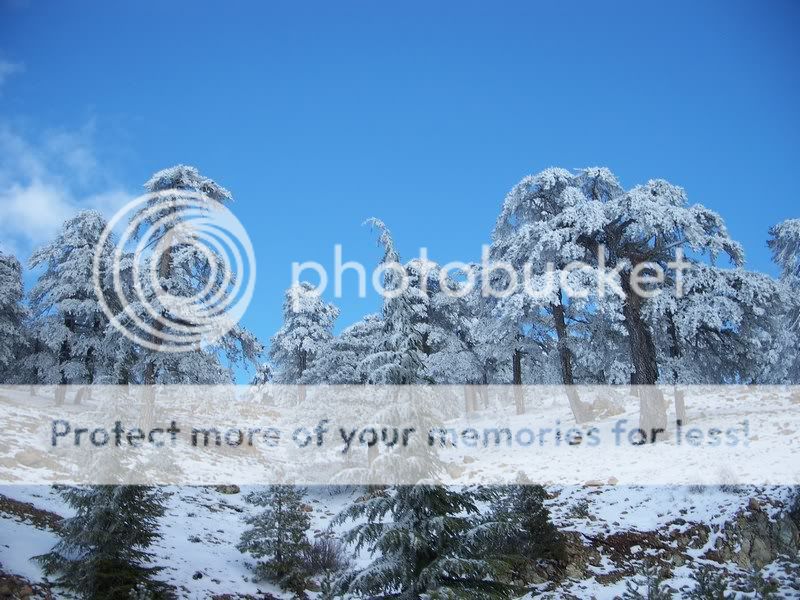

This is not the skiing season but the mountain was full of families tobogganing, building snowmen, having snowball fights and eating. The traffic was horrible and we had neither suitable clothes for the -1 degree C nor chains for the car for the predicted snow storm, so we took a look and drove back off the mountain while there was no snow or ice on the roads.
While in Polis we attended an interdenominational service in a church called 'The Upper Room.' The congregation was extremely welcoming and the minister inspirational. We went back for the mid-week bible study. The church has an outreach to the Filipino women who work as maids to earn the money needed to feed and educate their children back in the Philippines. They sign four year contracts, are paid little and are often treated very poorly. The church has had many converts and delights in giving the women four years of thorough bible teaching so that when they return to their families they can become spiritual leaders in their communities.
Ken and I have finished reading two more books which we would highly recommend; 'The Secret Scripture' by Sebastian Barry, which was nominated for the Booker Prize, and 'The Lovely Bones' by Alice Sebol, which was recommended to me over a year ago by our nieces, Shelly and Alisha.
Ken and Huds have spent many hours on the computer working on a computer program to settle a mathematical conjecture of Ken's.
To finish, a few things that caught our eye.
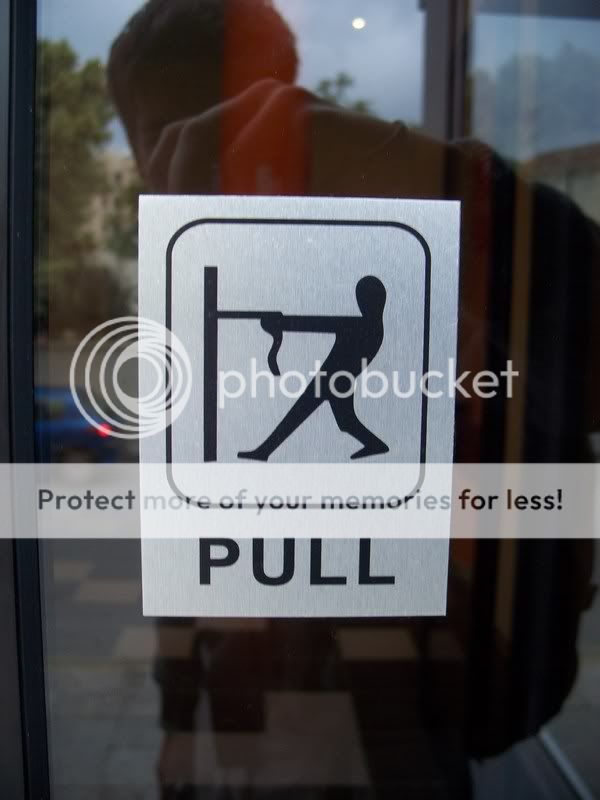
It doesn't take the amount of effort the diagram suggests.
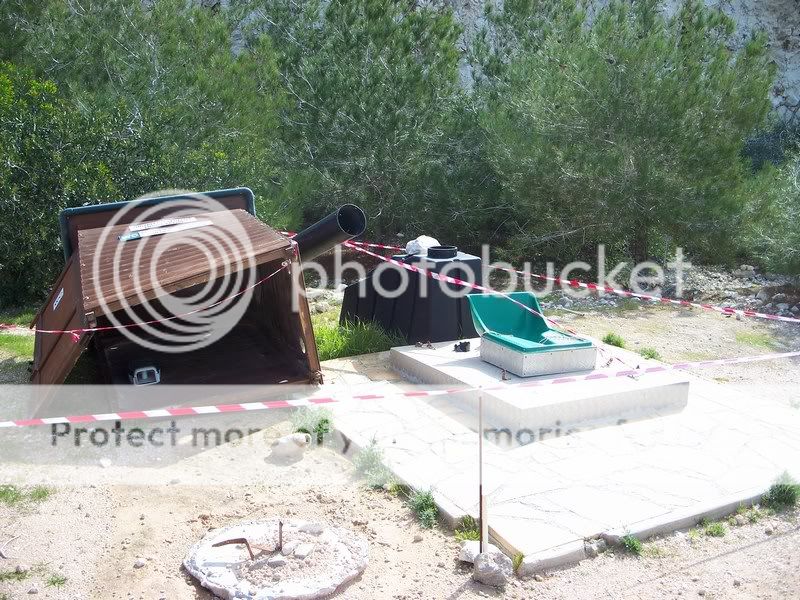
Although I was busting this was just a little too exposed.

The guys attest to the excellence of the Turkish coffee boiled using the hot sand.

We bought doners rolled by this lady.

A sculpture made from glass or perspex.

Ken liked this spiral staircase.
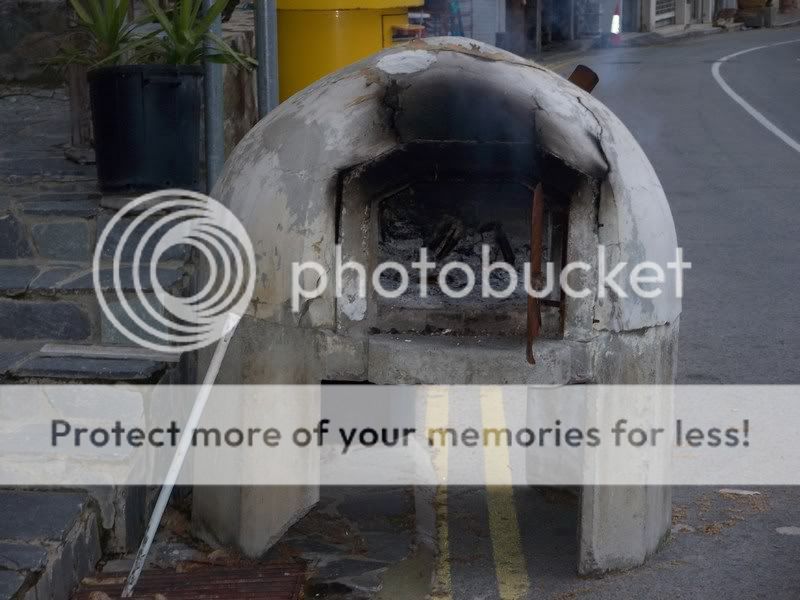
Many people have these ovens in their backyards.
